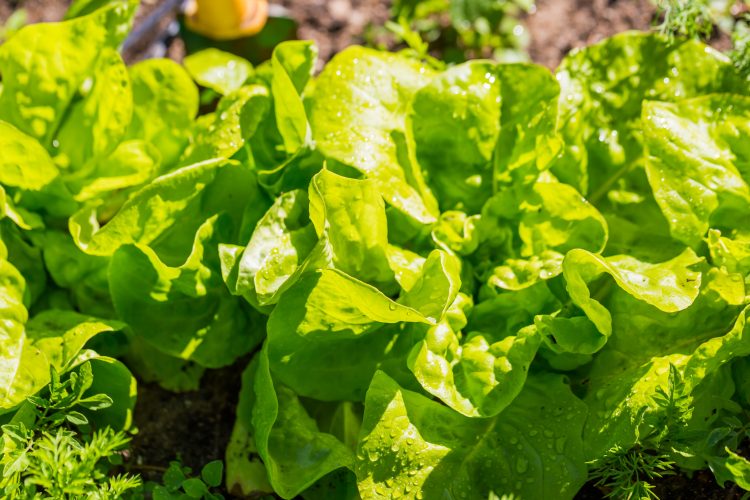
In the United States, fine dining has become a phenomenon. In fact, in the United States individuals spend around $28.55 on a meal in a fine dining establishment. Additionally, as more Americans experience dining in an upscale restaurant, sales are rising for this industry. The most important segment of this phenomenon is the new lifestyle it is creating. This lifestyle is one of documenting the food one consumes, and also attempting to recreate the masterpieces. There are groups online that document their meals using photos. Some of these groups have 300,000 photos of dishes! If you enjoy the fine dining experience, want to document your meals, or recreate the ones you’ve consumed, here are the accents you need for your next dish.
Microgreens: A History, And What Is It
First, let’s begin with microgreens. Microgreens are tiny edible greens. They come from a young vegetable, herb, or various plants. The reason they are called tiny or minuscule is simply become their size range isn’t that large. In fact, microgreens range from 1 to 1.5 inches long. This includes both the stem and the leaves. Although many individuals have not heard of microgreens, they have been around for at least 20-30 years. During this time we have seen many different micro green varieties. These micro green varieties include certain plant families. Some of these plant families for micro green varieties are the Brassicaceae family, broccoli, arugula, and cauliflower fall under this family (as well as many others). There is also the Asteraceae family, lettuce and endives fall under this family and contribute to micro green varieties. Lastly, there is the Cucurbitaceae family which include melon and cucumber. Essentially, all of these plants produce micro greens. Without them, we wouldn’t have microgreens.
Microgreens As An Accent
Salads: Because of their size, their visual component, and their flavor, microgreens can be used as an accent for many different dishes. However, typically these dishes are savory ones. For example, if you’re thinking of recreating a salad you’ve consumed in fine dining, microgreens can assist with this. Additionally, when you document your dish, many individuals will think it’s from an upscale restaurant! Adding microgreens to salads give the salad a peppery like taste. Additionally, it will add a nice colorful balance to your salad. Lastly, it will give you an extra boost of vitamins and minerals! Needless to say, your salad will be heartier, healthier, seasoned well, and beautiful with microgreens. Once you document this dish you’ll be sure to get many compliments.
Meats: You can add microgreens to your meat dishes as the ideal accent. This is especially important because the mircrogreens add flare to the colorful, creamy, savory sauces that are drizzled onto the meat dish. Additionally, identical to adding microgreens to salads, these microgreens add more nutrition to your meat dish. Lastly, they also add an interesting texture component. You’ll have individuals exclaiming how beautiful and tasty this dish is!
Soups: You can sprinkle microgreens on top of your soup as an accent to this warm dish. Not only do microgreens make the presentation pop with color, but it adds an ample amount of flavor to an otherwise assumed bland dish.
Sugar Flowers And Edible Flowers As An Accent
Microgreens can be used as an accent for savory dishes while sugar flowers can be used as an accent for sweet dishes. It’s time for dessert!
Cakes And Cupcakes: There are many different sugar flowers that can be used to accent sweet cakes and cupcakes. Candied flowers,a crystallized pansy, and a crystallized rose are just some of them. Most of the time, you’ll see cakes and cupcakes that have frosting or icing as the main decorative component. But, when you’re looking for an upscale dessert, this is where these sugar flowers come in. Adding sugar flowers to your cakes and cupcakes add beauty, color, and uniqueness to your creation. Additionally, they taste really good! If you’re searching for an upscale presentation for your desserts, sugar flowers are ideal. It is important to note that sugar flowers are becoming common on wedding cakes!
Tea: Edible flowers can be used in teas (hot and cold). They add a unique, delicious flavor to the tea!
